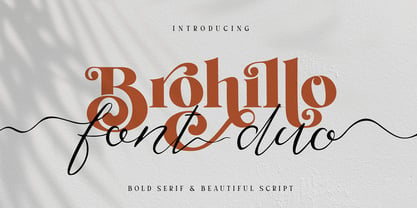10,000 search results
(0.238 seconds)
- SquareType B - Personal use only
- Drummon 3D - Unknown license
- Illuminati - Personal use only
- BigMummy - 100% free
- Aftershock Debris Condensed - Unknown license
- VTC-KomikaHeadLinerChewdUp - Personal use only
- Utusi Star - 100% free
- 13_Fletcher - Personal use only
- Graffiti - Unknown license
- !Basket of Hammers - Unknown license
- CrazyZoo - Unknown license
- Electric Hermes AOE - Unknown license
- Altea - Unknown license
- Paramount - Unknown license
- Naxalite - Unknown license
- Spike - Unknown license
- Brushed - Unknown license
- Blok - 100% free
- American Participants - Unknown license
- Zitcream - 100% free
- Copasetic - 100% free
- Olympus - Unknown license
- Shredded - Unknown license
- Angryblue - Unknown license
- Anderson Supercar - Unknown license
- CrawfishPopsicle - Unknown license
- Bamf Italic - Unknown license
- ATROX - Unknown license
- teen spirit - Unknown license
- Aswell - Unknown license
- Boulder - Unknown license
- BON ViVER - Unknown license
- Uno Estado - Personal use only
- Hulkbusters 3D - Personal use only
- Talvez assim - Personal use only
- Lady Ice - SC - Unknown license
- Comet Hotspur by Putracetol,
$28.00 - Brohillo by Alit Design,
$12.00 - ZT Mostion by Zelow Type,
$14.00 - Complice - Unknown license







































